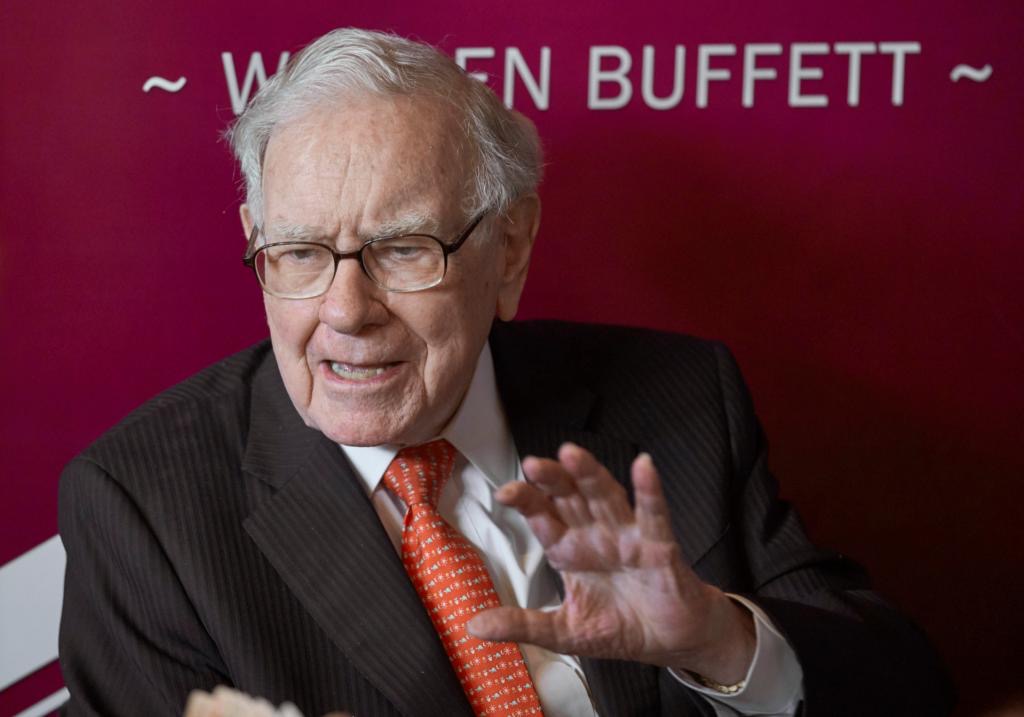
Last night (October 15), the three major U.S. stock indices were mixed.
At the close, the Dow fell 0.04% to 46,253.31, the S&P 500 rose 0.4% to 6,671.06, and the Nasdaq rose 0.66% to 22,670.08.
Most China-concept stocks rose, with the Nasdaq Golden Dragon China Index up 1.7%. Among individual stocks, New Oriental rose over 10%, TAL Education Group rose over 4%, 21Vianet Group rose over 4%, Full Truck Alliance Co. Ltd. rose over 3%, and Atour Lifestyle Holdings Limited rose over 3%.
Gold continued to climb this morning. As of this writing, spot gold has risen above $4,210.
On the news front, the Federal Reserve released its "Beige Book." The report showed that in recent weeks, overall consumer spending, particularly retail goods spending, saw a slight decline. During the reporting period, demand for leisure and hospitality services from international travelers declined further, while domestic consumer demand was largely flat. Multiple reports indicated that amid rising prices and increased economic uncertainty, middle- and low-income families continued to seek discounts and promotions.
Manufacturing activity varied by region, with most reports noting that increased tariffs and weak overall demand created challenging conditions. Agricultural, energy, and transportation activities generally declined across reporting districts. The outlook for future economic growth varied by region and industry. One district's report specifically highlighted the downside risk to economic growth posed by a potential prolonged government shutdown.
The report also showed that employment levels remained largely stable in recent weeks, with demand for labor generally subdued across districts and sectors.
Furthermore, prices increased further during the reporting period. Reports from several districts indicated that input cost growth accelerated due to rising import costs and increased costs for services such as insurance, healthcare, and technology solutions. Many districts reported increased input costs due to tariffs.
Yesterday (October 14), Federal Reserve Chairman Trump and Fed official Collins hinted at supporting a Fed rate cut in October. On October 15, Fed Governor Milan's stance was more aggressive. He stated that recent trade tensions have increased uncertainty in the economic growth outlook, making it more necessary for policymakers to cut rates as soon as possible. He believes that two more rate cuts within the year are a realistic expectation.
The Fed's policy-making body, the Federal Open Market Committee (FOMC), will hold its next meeting on October 28-29. Market expectations widely suggest that, given the continued weakness in the U.S. labor market, the Fed will cut rates by another 25 basis points following the 25 basis point cut announced on September 17.
















